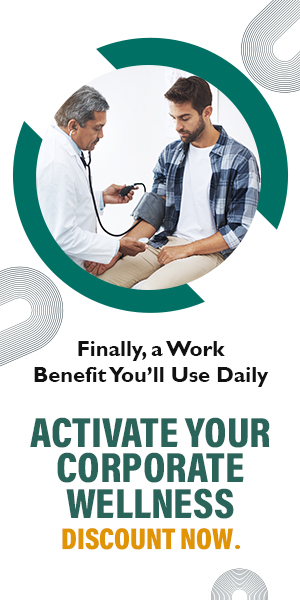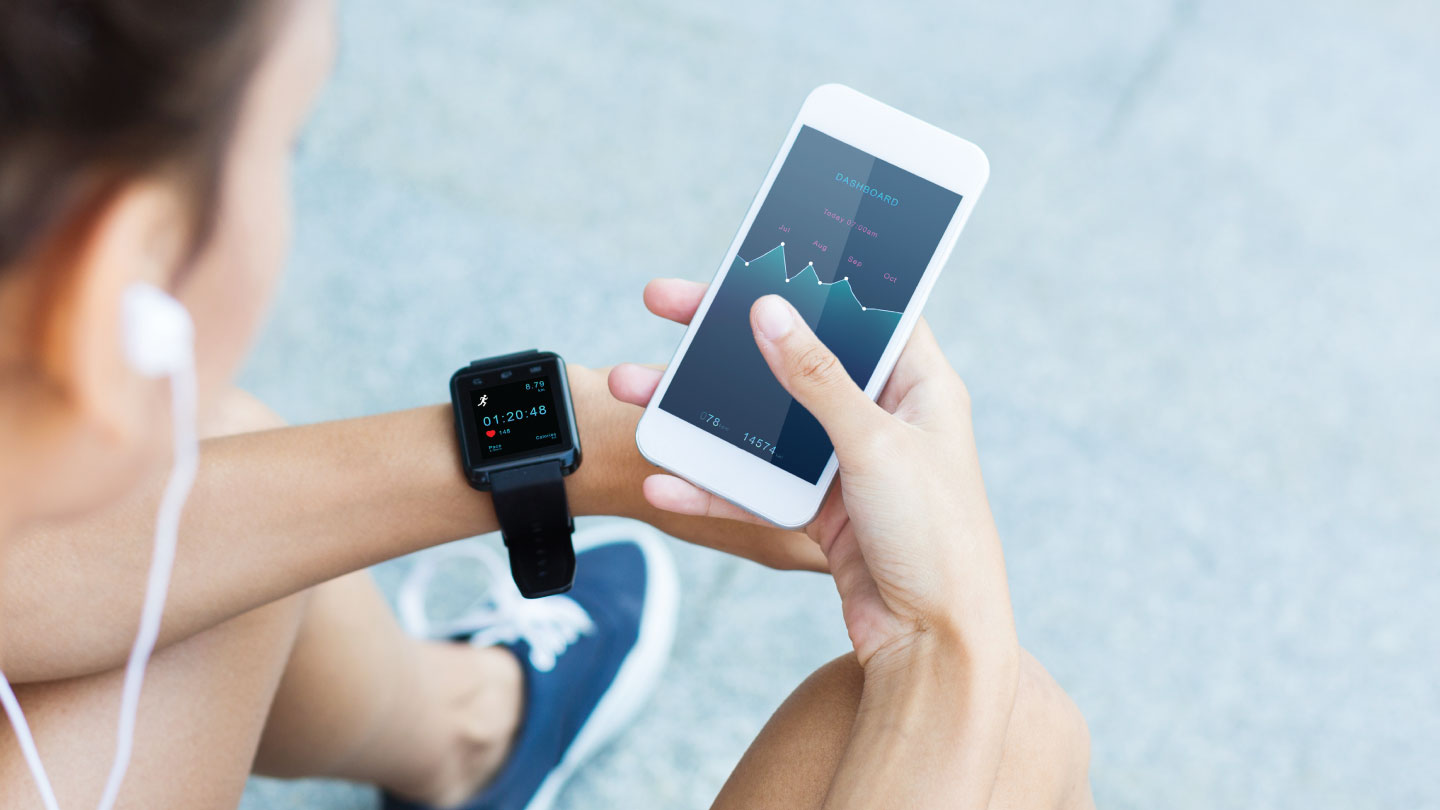Movement
5-Hip Stretches For Every Desk-Worker
Desk workers suffer from many disadvantages, and one of them is reduced hip mobility and flexibility. Here are 5 stretches to try for immediate relief and to counteract effects of sitting on the desk.

According to a 2016 survey by Max Bupa Walk for Health Survey 38 per cent working professionals in India spend their time sitting for hours on end and only 20 per cent can make time for walking.
With this tight schedule, finding time for a proper exercise regimen is challenging for many desk workers.
Prolonged hours of sitting can have detrimental effects on our physical and mental well-being. When we sit for extended periods, our muscles become inactive, leading to a decrease in muscle mass and strength. This can contribute to issues such as muscle imbalances and weakness. Also, it can make your body stiff and achy, especially hip flexors and glutes. The more time you spend sitting will make your hip flexors become tighter. It can also put excessive pressure on the hip joint and surrounding tissues, which can lead to hip pain. The flexibility and range of motion in the hips is also compromised due to excessive sitting hours.
Additionally, sitting for too long has been linked to a higher risk of developing chronic health conditions like obesity, heart disease, and type 2 diabetes. Mentally, prolonged sitting can lead to feelings of lethargy and reduced cognitive function.
Furthermore, desk workers can also experience lower back and knee pain as these areas are affected by the weakness and high tension in the hips.
Unlock insider access to the best movement plans for free! Sign up today.
To mitigate these issues, it's important to break the cycle of inactivity and incorporate regular breaks to stand and walk, practice hip-stretching exercises, increase hip flexibility and mobility and maintain good sitting posture. Incorporate these hip stretches in your warmups, cool-downs or quick stretch breaks at work.
Related story: 3 Stretches For People Who Have Desk Job
Hip Rotations
Hip rotations improve hip mobility, which helps alleviate tightness in the hip joints, which is useful for individuals with sedentary lifestyles like desk workers. Regular practice can enhance overall hip flexibility, increasing the range of motion in the hips. Improved hip mobility can contribute to better posture and a reduced risk of lower back pain. Hip rotations is an effective warm-up exercise, engaging the hip muscles and preparing them for more strenuous workouts.
What to Do:
- Stand with your feet shoulder-width apart.
- Place your hands on your hips to help stabilise them.
- Slowly rotate your hips in a circular motion.
- Start with small circles and gradually increase the size of the circles.
- After 10-15 seconds, reverse the direction of the rotation.
Related story: The World's Greatest Stretch: Why Everyone Should Do It, Everyday
Hip Flexor Lunges
Hip flexor lunges target the muscles at the front of your hips, primarily the iliopsoas.They can help strengthen the muscles around your hips, leading to better stability and balance. These lunges also contribute to improved posture by countering the effects of sitting for extended periods.
What to Do:
- Start by standing with your feet hip-width apart.
- Take a step forward with your right foot, and lower your body into a lunge position.
- Keep your back straight, and your torso upright.
- As you lower your body, focus on feeling a stretch in the front of your left hip (the hip flexor of the back leg).
- Hold the lunge position for 15-30 seconds, or as long as comfortable.
- Return to the starting position and switch to the other leg.
Related Story: Five Post-Run Stretches Every Runner Should Know
Single Leg Standing Hamstring Stretch
This stretch is excellent for increasing flexibility in the hamstrings and can help alleviate tightness and discomfort in the lower back and legs. Regular practice can also improve your posture and reduce the risk of hamstring injuries.
What to Do:
- Begin by standing up straight with your feet together.
- Shift your weight onto one leg while slightly bending your knee.
- Extend the other leg straight out in front of you, keeping your toes pointed upward.
- Keep your back straight and engage your core muscles for balance.
- Slowly lean forward at your hips, reaching your hands toward your toes.
- Go only as far as you can while keeping your back straight and feeling a gentle stretch in the back of your thigh (hamstring).
- Hold the stretch for about 20-30 seconds while breathing steadily.
- Slowly return to an upright position.
- Repeat on the other leg.
Related Story: Turn Your Daily Walk Into A Workout With These 5 Hacks
Kneeling Hip Flexor Stretch
This stretch helps increase hip flexibility, alleviates lower back pain, and enhances overall hip mobility. It's particularly beneficial for people who sit for extended periods, as it counteracts the tightness that can develop in the hip flexors from prolonged sitting.
What to Do:
- Begin by kneeling on the floor or a comfortable mat.
- Step one foot forward, creating a 90-degree angle with your knee, and place it flat on the ground.
- Keep your other knee on the mat directly under your hip.
- Engage your core muscles to maintain a stable posture.
- Slowly lean forward, gently shifting your weight onto your front leg.
- You should feel a stretch in the front of your hip and thigh of the extended leg.
- Hold this position for 20-30 seconds while breathing deeply and maintaining good posture.
- Repeat the stretch on the other side by switching the position of your legs.
Related story: 5 Easy Exercises You Can Do At Your Desk
Low Lunge
This pose primarily targets the hip flexors, quads, and hamstrings, promoting flexibility and strength in these muscle groups. It also opens up the chest and shoulders, improving posture and relieving tension. Low lunges enhance balance and coordination and aid digestion.
What to Do:
- Start in a standing position with your feet together.
- Take a step forward with one foot, about 2-3 feet depending on your flexibility and comfort.
- Bend the front knee, keeping it aligned with your ankle, and lower your body toward the ground.
- Your back leg should be extended behind you with your knee and the top of your foot on the floor.
- Keep your chest upright, shoulders relaxed, and engage your core for stability.
- You can place your hands on your front thigh for support or reach them overhead for a deeper stretch.
- Hold the pose for 20-30 seconds, or longer if desired.
- Repeat on the other side by switching your forward foot.
Related story: 6 Exercises You Can Do At Your Desk To Ease Shoulder Pain
Butterfly
This stretch primarily targets the inner thighs, inner hip muscles and lower back. It helps improve flexibility in these areas, reduces muscle tension, and can alleviate discomfort caused by tight hip muscles.
What to Do:
- Sit on the floor with your back straight and your legs extended in front of you.
- Bend your knees and bring the soles of your feet together, allowing your knees to drop out to the sides.
- Hold your feet with your hands, interlocking your fingers around your toes.
- Gently press your knees toward the floor using your elbows, but avoid forcing them down.
- Maintain an upright posture with your back straight and chest lifted.
- Hold the stretch for 15-30 seconds while breathing deeply.
- Release and repeat as needed.
Related story: 6 Moves To Ease Back Pain
Unlock insider access to the best movement plans for free! Sign up today.
Incorporate these hip stretches into your daily routine, especially during short breaks throughout the workday. Consistency is key to reaping the benefits of improved hip flexibility and reduced tension. Taking care of your hips not only promotes physical well-being but can also enhance your overall comfort and productivity as a desk worker. So, make it a point to give your hips the attention they deserve and experience the difference it can make in your work life and overall health.
EXPLORE MORE
Instead of chasing long workouts, micro-movement shifts the focus from “Did I work out today?” to “Did I move often enough today?”
Pressed for time but craving results? These high-impact exercises burn maximum calories in minimum time, when done right.
Simple, practical fitness advice to help you feel stronger, healthier, and more consistent in 2026.
Callisthenics isn’t about flashy Instagram moves or avoiding the gym. According to celebrity fitness and lifestyle coach Krishna Sadvale, it’s one of the most practical ways to build strength, control, and confidence in your own body.






.jpg)

.jpg)
.jpg)
